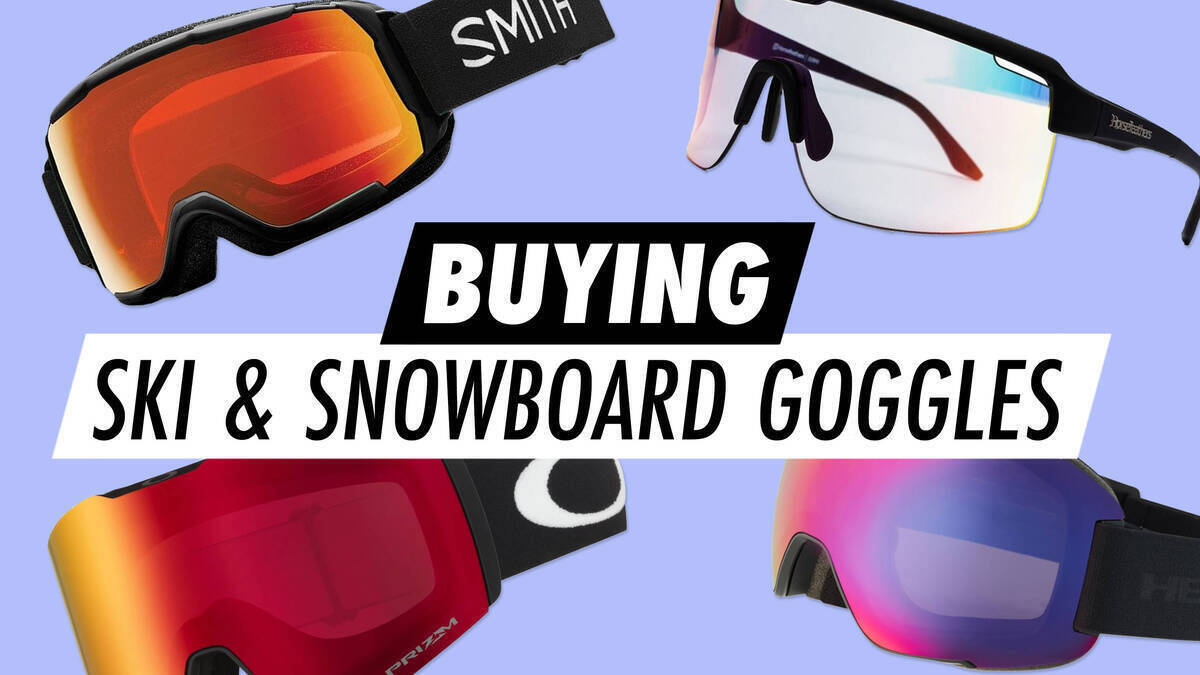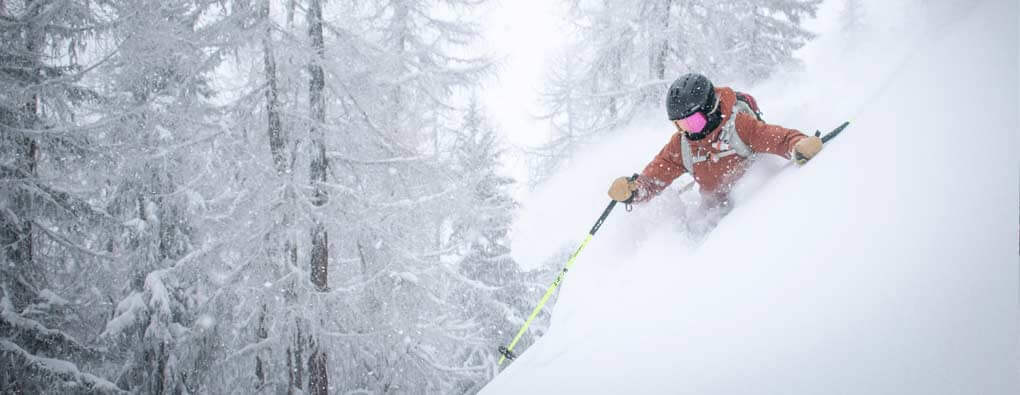Guide to Selecting Ski Goggles

Selecting the correct ski goggles is crucial for a safe, comfortable, and enjoyable time on the slopes. Whether you're skiing or snowboarding, goggles are not merely an accessory—they’re essential for shielding your eyes from wind, snow, and harmful UV rays.
The key factors in selecting ski goggles include:
- Visible Light Transmission (VLT)
- Size of the ski goggles
Here, you’ll find all the guidance you need to choose the ideal snow goggles for your specific requirements.
Overview
Understanding VLT (Visible Light Transmission)

VLT is a term you may have encountered while investigating goggles, but what is its significance? VLT, or Visible Light Transmission, indicates the percentage of light that filters through the lens. Essentially, VLT is fundamental when selecting ski goggles as it impacts your vision under various lighting conditions.
- High VLT (50-90%): These lenses permit more light, suitable for low-light situations like cloudy days or night skiing.
- Medium VLT (20-50%): Adaptable for varied or unpredictable conditions.
- Low VLT (5-20%): Optimal for sunny, clear days as they block out most light and diminish glare.
For an easy reference, use our ski goggles VLT chart to choose the ideal goggle lenses for your requirements.

Finding Your Ideal Goggle Size

Ensuring a snug, comfortable fit is vital for ski goggles and snowboard goggles. Goggles that don’t fit well may let in snow or fog up, disrupting your day on the slopes. Finding the right goggle size involves matching the frame size with your facial size. Use these guidelines as a starting benchmark:
- Small: Suitable for children, teenagers, or adults with smaller faces.
- Medium: Fits most people.
- Large: Tailored for those with larger faces or those preferring larger frames for an expansive field of view.
Goggle Size and Fit
Opt for goggles with lenses large enough to avoid seeing their boundaries. If your vision seems confined, the goggles might be too small. For an optimal experience, select lenses that afford a clear scope of your surroundings, including peripheral vision.
Ski goggles with expansive spherical lenses frequently provide a wide, clear field of view, simplifying your enjoyment of the slopes.
OTG - Over the Spectacles
OTG snow goggles are crafted for those wearing prescription spectacles, ensuring a comfy, hassle-free skiing experience. They have a larger frame and specific foam cutouts that comfortably accommodate your prescription spectacles underneath. With OTG snow goggles, you can ski without stressing about vision or fit.
Ski Goggle Lens Hues
Diverse lens colours serve distinct purposes. While the VLT figure is the most straightforward method to guarantee obtaining the suitable lenses, lens colour and/or reflectivity is also a helpful indicator. Here’s a swift guide to ski goggle lens hues:
- Yellow/Gold/Amber: These hues augment contrast, excellent for overcast or flat light conditions. They are among the best goggles for overcast weather.
- Rose/Pink: Superb for enhancing depth perception in low-light and cloudy settings. Ideal for mixed conditions.
- Dark Tints (Black/Brown/Grey): Ideal for bright, sunny days as they lessen glare and eye strain.
- Mirrored/Reflective Coatings: These lenses manage high-intensity sunlight effectively, making them a popular choice for clear, sunny days.
Keep in mind that numerous modern goggles have interchangeable lenses, enabling you to adjust according to the day’s conditions.
Anti-Fog Innovations
Do not permit foggy lenses to spoil your cherished time on the slopes. Modern ski goggles integrate sophisticated anti-fog technologies to tackle this problem efficiently. Here are some main features to consider:
- Anti-fog coating: Many goggles include a special coating inside the lens that minimises condensation and prevents fog formation.
- Double-layered lenses: Double-layer lenses establish a thermal barrier that minimises fogging likelihood by maintaining a more consistent temperature.
- Ventilation systems: Goggles equipped with strategically placed vents encourage airflow and help preserve lens clarity in varying conditions.
To maximise the efficiency of anti-fog features, refrain from touching or wiping the inside of the lens, as this may damage the coating. Using your goggles with a matching helmet can also enhance airflow and reduce fogging.
Maintaining Your Goggles
With proper maintenance, your goggles can last longer and perform optimally every trip. Here are some fundamental tips for cleaning, preventing scratches, and storing your goggles:
- Cleaning your ski goggles: Utilise a soft, microfiber cloth to clean your lenses. Avoid using paper towels or any other abrasive material as they may cause scratches. Do not wipe the inside of your goggles, as it may damage the delicate antifog coating. If the inside becomes wet, allow it to dry if feasible—if necessary, gently dab the inside with your clean microfiber cloth.
- Avoiding scratches: Handle your goggles by the frame, not the lens, and never place them lens-side down on hard surfaces. Use a protective goggle cover when they are not being used.
- Storage on the slopes: During a break on the slopes, store your goggles with the goggle cover on or inside a microfiber cloth bag.
- Off-Season Storage: Once the season concludes, thoroughly clean your goggles and store them in a robust case to shield them from dust and damage. Keep them in a cool, dry environment away from direct sunlight, which can degrade the materials over time.
By adhering to these maintenance tips, your goggles will remain clear, scratch-free, and ready for action, ensuring you maximize your investment.
